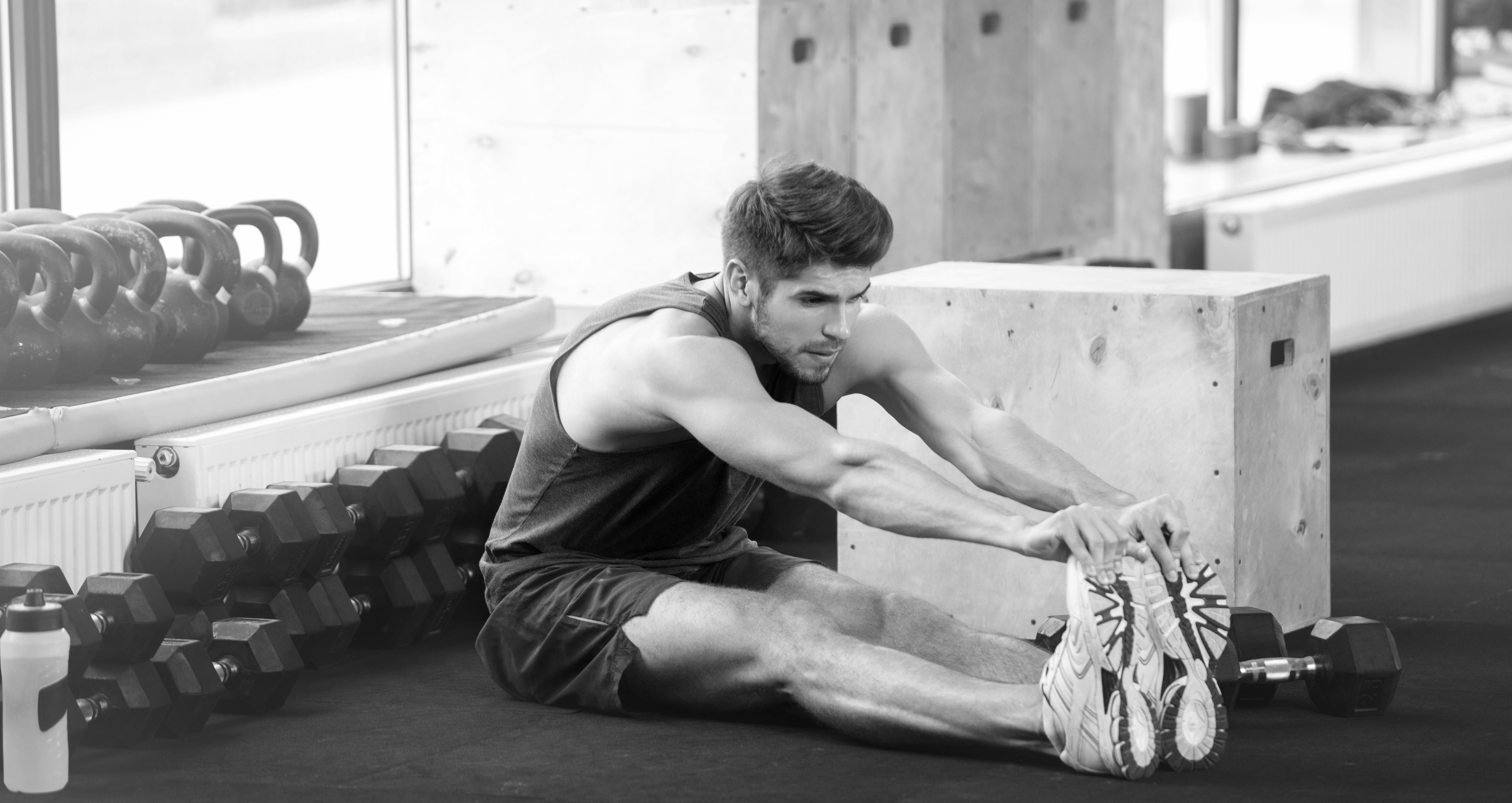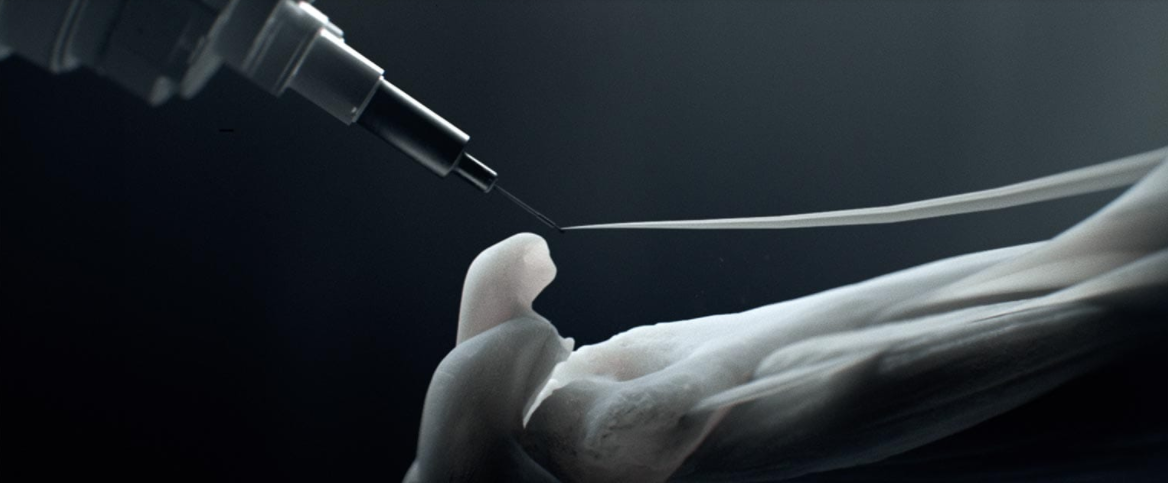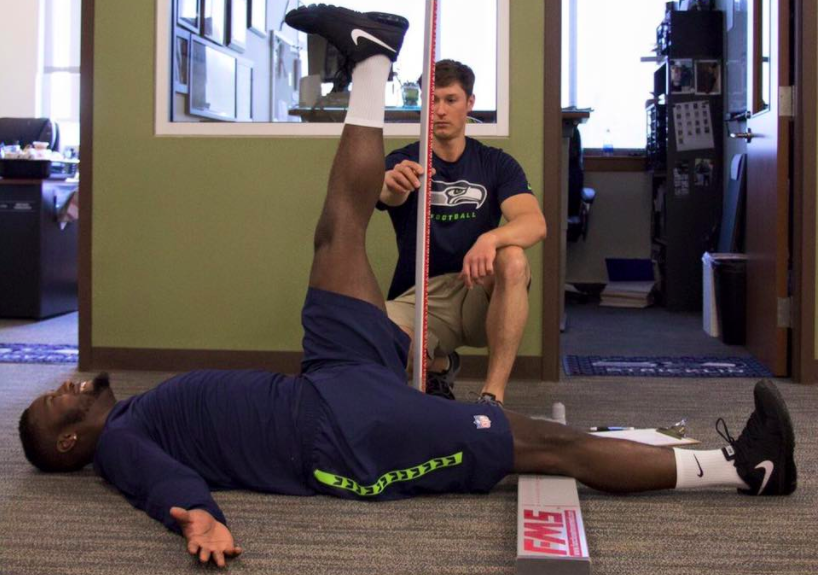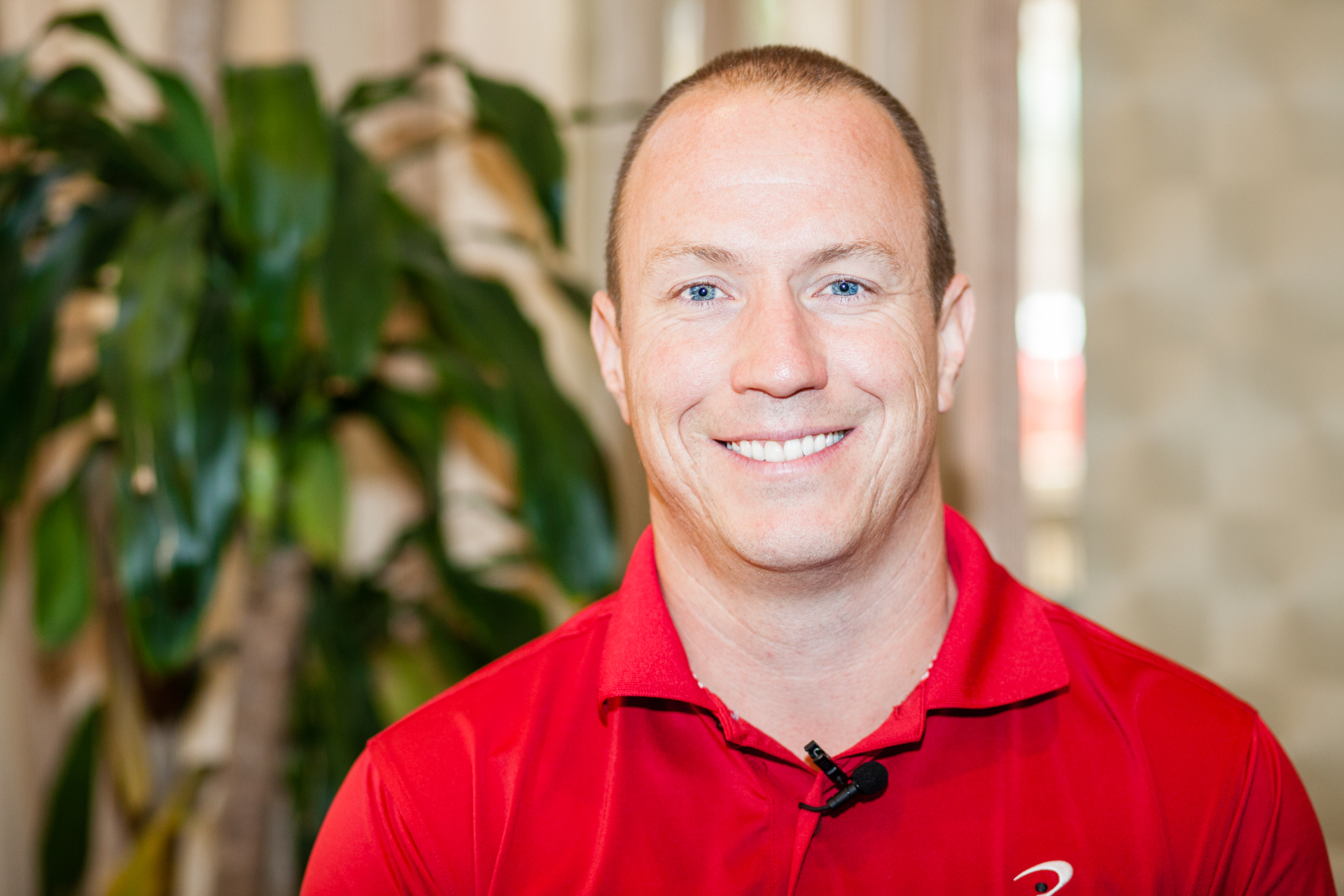IMPROVE MY GAME
Articles
Beware Of What You Stretch

Do you know what will happen if you stretch that thing? Well then leave it alone! So many of us have bought into the old adage that you need to stretch to stay supple and play your best. What if stretching actually had the opposite effect? We think that the sensation of tightness requires the act of stretching and that improving range of motion increases performance.
"If you're using 'flexibility' as an umbrella term for tightness, you're like a map maker who still insists the world is flat. Calling all limited range of motion problems flexibility issues is problematic because it suggests that all can be helped with stretching."
- Gray Cook
Sometimes stretching is needed, sometimes stretching creates a performance change and sometimes stretching may actually make you worse. Wow! The secret is knowing what needs to be stretched, how to stretch it, how stretching will affect the rest of the body and, most importantly, when NOT to stretch!
I loved the TV series Westworld. If you haven’t seen it you need to learn how to illegally download TV shows and movies and watch it. The idea is that there is a world made up of lifelike robots that humans pay money to explore their deepest desires. The opening credits show the process of strands of silicon being fabricated to imitate muscle fibres, tendons and ligaments. It is an amazing visual that makes you think about the engineering that makes up our complex bodies.

If you tried to build one of these robots in your garage you would need some ropes, straps and bungee cords with a variety of different elasticity, stiffness and playability. This would be one serious undertaking that would require ingenuity and an phd in engineering and human anatomy. Lets make this a little more elementary and take the task of building the leg for instance. You would need to attach the bungee cords to the femur and run them across the front of the knee and attach them to the tibia. Then you would need to add some bands or cords to the backside of the leg to counteract the pull from the bands on the front.
Finding the right length, balancing out the strength of the elastic components and figuring out exactly how much range of motion you want that joint to have would quickly become your focus. What if one band is too long or can’t handle the forces that are applied to the opposite side of the joint? You will either have a poor performing joint or potentially snap something!
Managing the tension and length of tissues in the body parallels what physiotherapists, chiropractors and other soft tissue specialist deal with on a daily basis. Release the hip flexor and it affects glute activation. Change the length of the hamstring and you can change the athlete’s posture and pelvic position. Sometimes for the good and often bad things can come from aimlessly playing stretch it and see what happens.
I struggle with low back pain, bouts of sciatica, tight hip flexors, and tight hamstrings. This issue places my pelvis in an anterior tilt position. Much like the pelvic position of the world’s fastest men and women. Is my back problem a symptom of this tilted pelvis or is the tilted pelvis and tautness around the hips my body’s solution to help protect my low back from excessive flexion which aggravates the sciatic nerve? If we get some soft tissue work performed on my hip flexors I instantly feel taller, my posture changes all the way up the chain. My glutes can fire and my hamstrings feel loose. Shortly following this moment of bliss, low back starts to fatigue, pain shoots down my leg and I find myself being pulled back into the anterior tilted pelvis position again. One nights sleep and I am back to my old tilted self.
In the performance coaching world I work hand in hand with my medical team. The medical team will put the joint into an optimal position and I will strengthen the muscles around the joint to maintain that position. We like to call it “Reset & Reinforce”. The medical team resets the position of function of the joint or movement pattern and I reinforce that new range of motion or new pattern with exercises to reinforce it and make sure it stays.
So you may ask “Why can’t you do that for yourself?” A better question is if I am pain free with a tilted pelvis and can function and perform at a high level as a 44 year old strength coach, why change it? Especially if changing it causes a cascade of pain and disfunction. Be careful what you stretch! Some say you need to reset and go through the pain while reinforcing it to get you through the other side pain free and functional. Is that a priority for a guy my age? Would I take a 20 year old world class athlete through that process and take them out of competition for months while we see if the fix sticks?
Segue…..I know there are a lot of you out there that either use the Functional Movement Screen (FMS) or have been through a FMS screen at some point in your career. There are parameters that are set and defined as functional norms. Lets take the Active Straight Leg Raise as an example. Lying on your back you raise a straight leg as high as you can. Medical norms would indicate that any ROM less than 80 degrees from the floor would be less than ideal. You then have the athlete relax and the screener can passively take the leg through the same flexion pattern to see if the lack of ROM is a strength, core stability issue or a mobility issue. If it truly is a mobility issue you could use a plethora of soft tissue techniques to release the hamstring and lengthen it.

What if I told you that some of those fast sprinters that I discussed earlier with the anteriorly tilted pelvis will often fail the Leg Raise Test? Chalk it up as a coincidence or could having taut hamstrings in combination with tight hip flexors be the secret to speed? Altering the length of their hamstring may just take them from being in the top 1% of world class sprinters to not getting out of the blocks in the qualifying heats.
The point of this blog post is to open your eyes to something we all take for granted. Stretching. In Episode 173 of the Coach Glass Podcast “Beware of What you Stretch” http://bit.ly/CGPEp173 I share stories about exactly what is wrong with our industry that seems unable to provide training sessions without a happy stretching finish. When I started as a trainer 20 years ago I use to take each client through the exact same stretching process after their session. Regardless of their need. Some clients had over 90 degrees of active straight leg raise but I still laid them down for their daily hammy stretch. “I don’t feel it Jay?” Well you are getting it either way because this what I have been told will help you feel better and perform at your best so relax and enjoy. Maybe some of you are in the same boat as I was 20 years ago. You are in a rut and just stretch people because thats just what you do. Hopefully after reading this post you will think about what you are stretching and whether or not you truly should be stretching it. Beware of what you stretch.

Jason Glass BHK, CSCS, TPI Advisory Board @jasonglasslab Host of the Coach Glass Podcast on iTunes Website: http://www.jasonglassperformancelab.com/